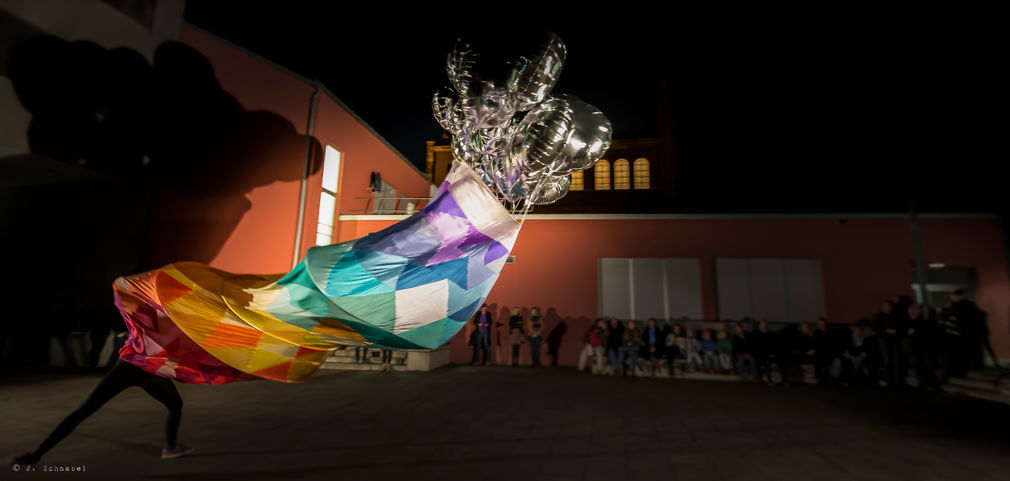Julia Stefanovici
Dance Dresses - Dress Dance. On the phenomenon of textile architectures on the stage of contemporary dance.
School of Art
Clothing is a cultural practice and has developed over time into a sign-bearing medium of communication. Just as these signs convey information about gender, social position, cultural background, etc. in everyday life, they also have an effect on the image reception of stage productions. Furthermore it is precisely there that dresses appear again and again where they elude this symbolism, make themselves the subject of discussion, and claim to be understood as an independent, artistic design element. The historical avant-garde represents a striking turning point for the visual and performing arts. It exerted a formative influence on stage concepts and favored a new approache to dance. Thus, in turn, effecting the use of stage clothes. One example of this is Loïe Fuller's "Serpentine Dances", which created ephemeral ornaments in space with their sweeping veil dresses. And at the same time, fuller initiated a new form of scenographic strategy that gave the dress, as a moving material, its own role on the stage.
The research work "Tanzkleider - Kleidertanz" (Dance Dresses - Dress Dance) is a direct example specifically refuting to those dresses that extend beyond their function as a medium of communication and as body-protection, body-adornment or body-extension, into the surrounding space and thereby temporarily unfold architectural qualities in the form of space formation. In the movement of the dance, the body transfers its dynamics to the dress it wears, and the textile material becomes a kinetic object. The resulting ephemeral and sculptural structures form short-lived spatial closures whose spatiality, cubature and structure are marked by transience. A tension arises between the constantly changing spatial bodies and the immobile stage space. The uncovering and revealing of bodies occurs in interaction with the kinetic properties of textile materials. The resulting structures lead to an altered perception of the apparent constants of dress, body and space. The clear separation of dancer and surrounding space dissolves, and the components space, dress and dancer merge into independent figures. These figures can be dress, stage set and actor at the same time. Their significance for stage productions is obvious, while the sculpturality also creates a direct reference to the visual arts.
With this dissertation I would like to contribute to the discussion in art and dance studies about current forms of scenographic concepts on the stage of contemporary dance. More than one hundred years influences of the avant-garde, I want to investigate the role of textile architecture in the form of dance dresses. The intentions of choreographers and set designers of such object-like, wearable space dresses will be illuminated and possible interpretations will be discussed. The aim is to work out current tendencies, which are put into relation with contemporary aesthetics. For even if the dance, choreographic and dramaturgical performance are the leading components of success for a dance performance, stage design and costume directly are a massive influence that shapes the visual reception of the overall work dramatically.
Tutors
- Prof. Dr. Christian Janecke
- Prof. Heike Schuppelius
- Prof. Dr. Michel Müller
